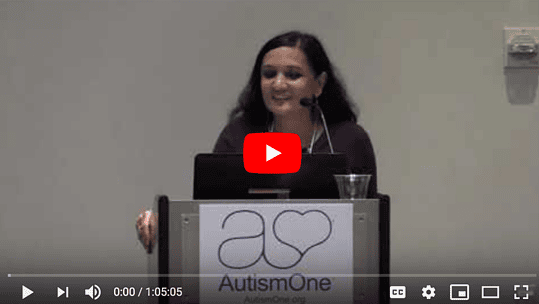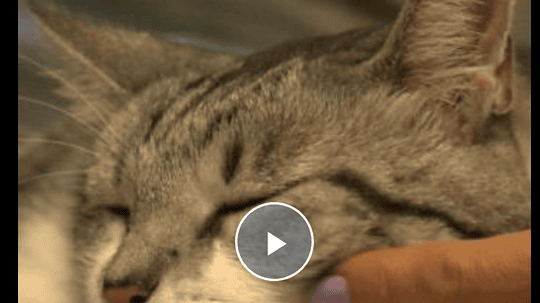
Ruth Setlak on the Impact of PANS/PANDAS/Lyme on Clinical Work, Part One & Part Two
Your host Karen Doyle Buckwalter will introduce you to Ruth Setlak, who will discuss the impact of PANS/PANDAS/Lyme disease on clinical...

Your host Karen Doyle Buckwalter will introduce you to Ruth Setlak, who will discuss the impact of PANS/PANDAS/Lyme disease on clinical...

Autoimmune Encephalitis Symposium 2019: The Bridge Between Neurology and Psychiatry Dalmau -Antibody mediated mechanism in AE Venkatesen -AE: costs, burdens and challenges Gordon-Elliott -The patient...

PANDAS/PANS is a growing concern for our patients diagnosed with ASD. Dr. Usman Singh, who has 20 years of experience working with patients with ASD, will discuss the signs and symptoms of...
“PANDAS is characterized by rapid onset of Obsessive Compulsive Disorder and/or tics following streptococcal infection in a previously healthy child. PANDAS is frequently misdiagnosed and misunderstood, which affects family quality of life (FQOL). A qualitative phenomenological design was used to examine FQOL in six families with a child with PANDAS. Data were collected through an audiotaped semi-structured interview and a phone interview to confirm findings. After rigorous data analysis, five themes emerged: Life Suddenly Turned Upside Down, My Child is Not Crazy, Emotional Distress within the Family, Major Life Alteration, and School Drastically Influences FQOL. Findings suggest that occupational performance and FQOL are severely restricted when a child has PANDAS. Implications for occupational therapy are discussed.”

A teenage boy is once again happy and healthy after an 18-month long battle to discover what was wrong with him. A report published in the Journal of Central Nervous System Disease on Monday detailed...
Rose Jeppesen, Michael Eriksen Benros
Frontiers in Psychiatry
The increasing knowledge on the potential involvement of inflammatory processes in mental disorders and the associations found between autoimmunity and psychotic disorders can help the expanding field of immuno-psychiatry and have impact on the outcome of patients. In the last couple of years, researchers have focused on the role of infections, autoantibodies and other immune components that plays a major role in autoimmune diseases. Potentially this might also be the case for mental disorders.

IT SEEMED so unremarkable at first, something only a mother would notice. Instead of running to the sink like most middle schoolers and washing his hands as fast as he could, 13-year-old Connor...
Elizabeth Heavey; Kathleen Peterson
The Nurse Practitioner-2019
Pediatric acute-onset neuropsychiatric syndrome (PANS) can be caused by infectious and noninfectious triggers. NPs can help children with PANS recover from their symptoms and prevent future recurrences by appropriately screening, recognizing, and diagnosing the clinical presentation of PANS. PANS treatment includes pharmacologic therapies as well as cognitive behavioral therapy.